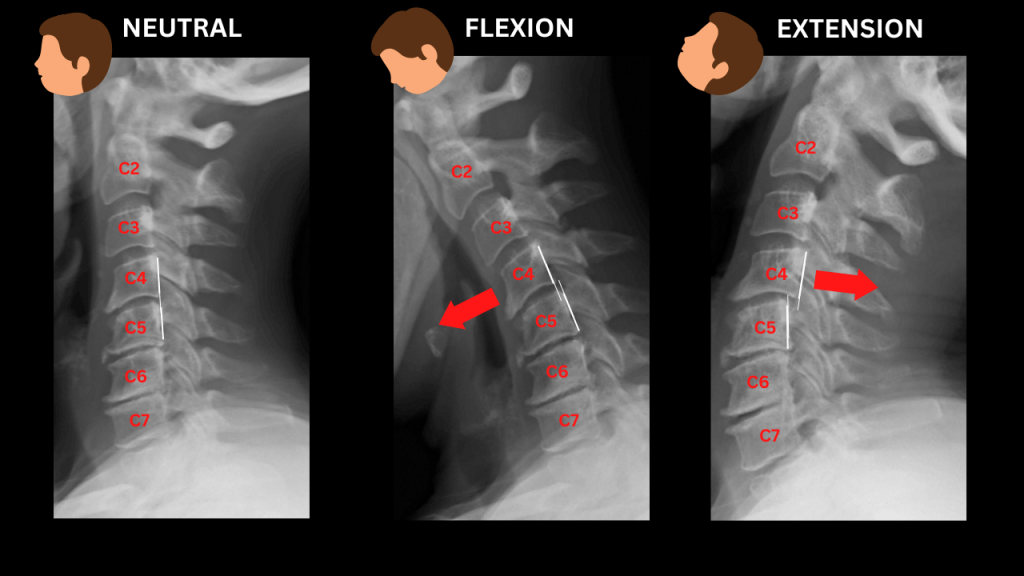Cervical Instability

Cervical instability is defined as the inability of the cervical spine under physiological loads to maintain its normal alignment or pattern of displacement so that there is no neurological damage or irritation, no development of deformity, and no incapacitating pain.
-Physiopedia
You have a chronic neck issue. Maybe it’s causing you neck pain, headaches, or in some cases it’s causing really bizarre symptoms and you’ve been told A) there’s nothing wrong with you, or B) there’s nothing you can do about it. But you know, deep down inside there’s something happening.
Symptoms
There is a vast list of symptoms associated with cervical instability, depending on the location and severity of the problem area. Here are some symptoms:
- Neck pain/headaches/muscle spasms
- Neck feeling weak or your head feels heavy or unstable
- Referred pain to head, arms, mid-back or upper limbs
- Eye pain
- Tingling &/OR weakness in upper limbs
- Cervicogenic Dizziness or vertigo – poor balance, postural control
- Clumsiness
- Tinnitus
- Fatigue, nausea, and memory issues
- Pseudo angina (chest pain not from the heart)
- POTS (postural orthostatic tachycardia syndrome)
- Syncope (fainting)
- vagus nerve compression symptoms
- many others!
Causes of Cervical Instability
Here are some of the main causes:
- UNDERLYING MEDICAL CONDITIONS
- connective tissue disorders – rheumatoid arthritis, Ehlers-Danlos Syndrome, etc…
- TRAUMA
- car accidents, sports injuries, concussion, etc..
- CERVICAL SPONDYLOSIS
- POOR POSTURE
- sitting, phone use, etc…
How is Cervical Instability Diagnosed?
One of the best ways to do that would be with digital motion x-ray. The problem with that is it’s not that accessible to most people and you need a very specialized clinic to find someone that can do that for you.
However, the next best thing would be stress x-rays. This is where the patient stand and put their neck in different positions, in this case flexion and extension. Measurements would determine whether the bones are moving too much.

Treatment for Cervical Instability in Newmarket
With any intervention, it is always best to start with conservative first. Moving on to more invasive procedures should be only after a conservative approach has failed.
1. CONSERVATIVE
-corrective exercises, corrective traction, posture correction, cervical lordosis (curve correction), neck strengthening, neuromuscular retraining
-corrective chiropractic or PT – someone with experience
2. PROLOTHERAPY
-injections – need to find a specialized clinic
3. SURGERY
-last resort, for those with gross instability (fractures) or where conservative treatments fail
For more information, please watch below:
Stay well,

Chiropractic on Eagle
2:30 – 6:00 PMTuesday 7:30 – 10:45 AM
2:30 – 5:30 PMWednesday 2:30 – 6:00 PMThursday 7:30 – 10:45 AM
2:30 – 5:30 PMFriday ClosedSaturday ClosedSunday Closed
